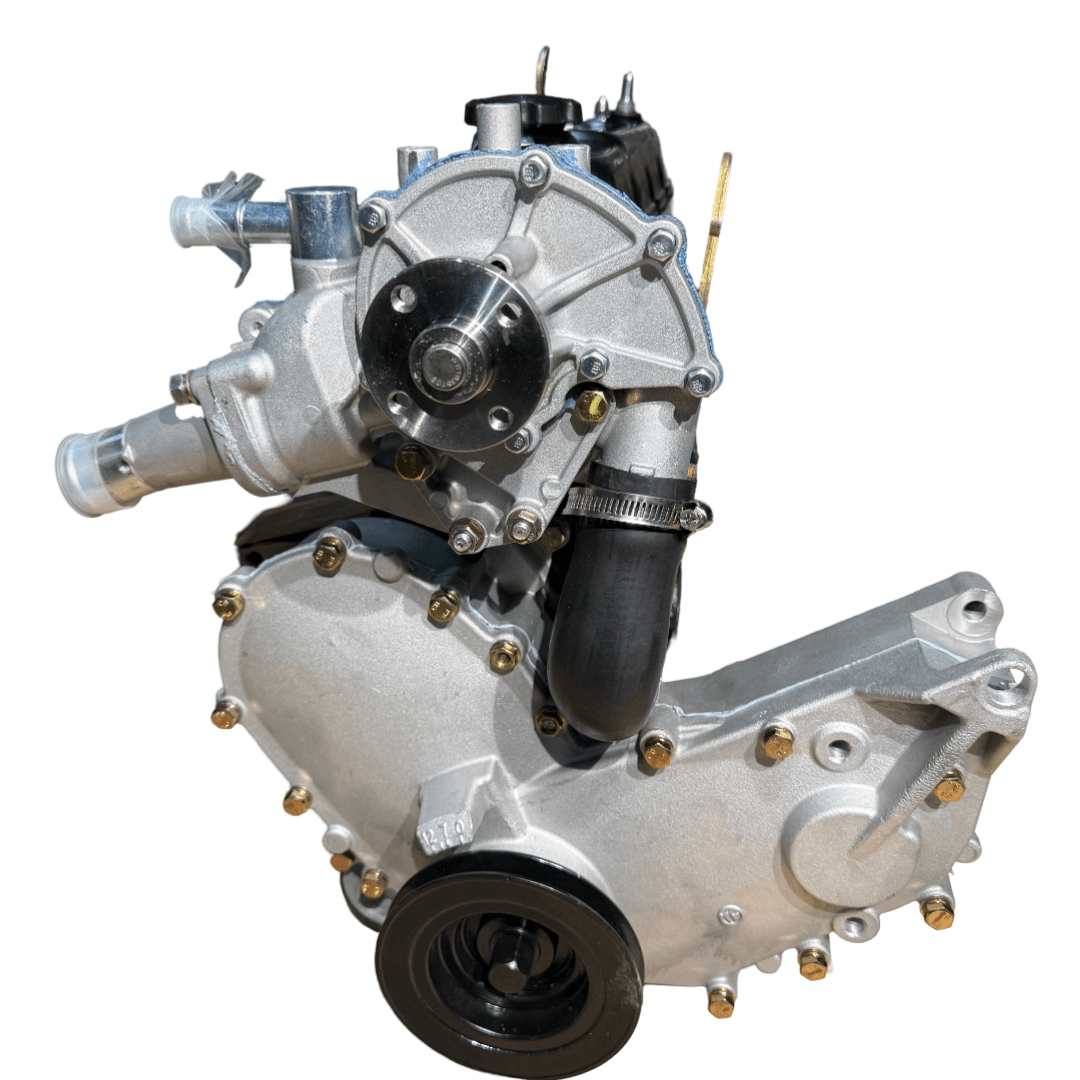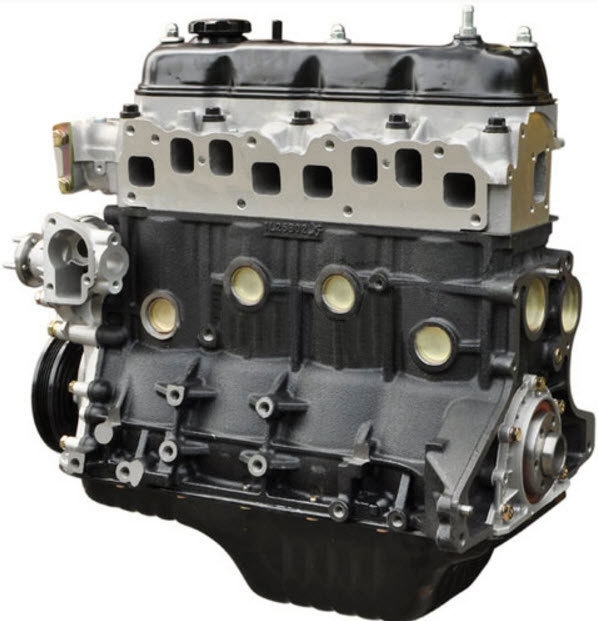Why the Engine Is the most effective Choice for Performance and Efficiency in Your Cars And Truck
The engine remains a crucial part in automobile design, mostly due to its substantial impact on both efficiency and effectiveness. As innovations in modern technology enable smaller engines to provide exceptional power while maximizing fuel economic situation, the integration of functions such as turbocharging and hybrid systems becomes progressively crucial.
Recognizing Engine Kind
Understanding the different kinds of engines is important for optimizing performance and performance in automotive layout. The key engine kinds consist of inner burning engines (ICE), electrical engines, and hybrid systems, each offering distinct benefits and constraints.
Interior burning engines, which can be additional categorized into fuel and diesel versions, rely upon the burning of fuel to produce power. Fuel engines typically offer greater RPMs and far better acceleration, while diesel engines are known for their torque and fuel performance, making them optimal for heavy-duty applications.
Electric engines, on the various other hand, utilize electric motors powered by batteries or gas cells. They supply immediate torque shipment, leading to smooth velocity and reduced exhausts. The efficiency of electric engines is dramatically greater than that of ICEs, making them a prominent choice for eco-conscious customers.
Hybrid systems incorporate both internal burning and electric engines, leveraging the toughness of both technologies. They maximize fuel intake by utilizing electrical power at lower rates and switching to gas or diesel for higher speeds or larger tons.
Picking the best engine kind is important for attaining desired efficiency metrics and ecological sustainability in contemporary auto engineering.
The Effect of Engine Dimension
Engine dimension frequently plays a pivotal function in figuring out an automobile's performance and effectiveness. Normally gauged in litres or cubic centimeters, engine dimension straight affects the power output and torque qualities of an automobile.
Nonetheless, boosted engine size commonly correlates with lessened gas effectiveness. Smaller engines can supply appropriate performance for day-to-day driving while advertising better efficiency, making them a preferred option in mid-size and compact lorries.
Furthermore, developments in engine layout, such as turbocharging and straight fuel shot, enable smaller sized engines to accomplish power levels similar to their larger equivalents. This pattern emphasizes the relevance of not exclusively concentrating on engine size yet also considering total car layout and innovation (4y engine). Ultimately, the effect of engine dimension on performance and performance highlights the demand for consumers to analyze their particular driving demands and preferences when selecting an automobile
Advanced Engine Technologies
Technologies in engine technologies have actually significantly reshaped the landscape of vehicle efficiency and performance, building upon the foundational ideas developed by engine dimension. Especially, advancements such as turbocharging and direct fuel injection have actually made it possible for smaller sized engines to supply power degrees previously connected with larger counterparts. Turbochargers compress air going into the engine, permitting for raised power output without a corresponding boost in engine size, while direct injection enhances fuel shipment, improving burning performance.
In addition, variable shutoff timing systems have actually arised as a critical technology, allowing engines to adjust valve operation based upon driving problems. This flexibility boosts both efficiency throughout velocity and gas performance throughout travelling. Hybrid and electric engine technologies additionally highlight the change in automobile design, combining conventional interior combustion engines with electric motors to maximize efficiency while decreasing emissions.
Additionally, developments in materials scientific research have actually brought about lighter, extra sturdy engine parts, further boosting efficiency and durability. The combination of advanced electronics and engine control devices additionally enables for real-time modifications, guaranteeing optimal efficiency throughout different problems. learn this here now Jointly, these innovative engine modern technologies not just improve car efficiency yet likewise contribute to an extra sustainable auto future, demonstrating the recurring evolution of engine style.
Harmonizing Power and Effectiveness
Striking an equilibrium between power and performance is vital in modern auto design as suppliers seek to fulfill increasingly rigid emissions guidelines while satisfying customer need for performance (4y engine). The difficulty exists in enhancing engine features to deliver robust power result without compromising gas economic climate
To attain this balance, designers use different approaches, such as turbocharging, which improves engine power by requiring in more air, permitting a smaller engine variation that boosts fuel performance. Variable shutoff timing modern technologies additionally play a substantial duty, enabling engines to readjust their efficiency qualities based upon driving problems, therefore enhancing both power and efficiency.
Moreover, innovations in products and manufacturing techniques have resulted in lighter engine elements, which minimize total lorry weight and boost gas efficiency without compromising power. Hybrid technologies have also emerged as a practical service, integrating standard interior combustion engines with electric powertrains to offer a boost in performance while maintaining lower exhausts.

Future Patterns in Engine Style

Additionally, the development of innovative materials, such as light-weight compounds and high-strength alloys, is readied to reinvent engine components. These products not just decrease weight yet also enhance thermal efficiency, thus maximizing performance. Furthermore, manufacturers are checking see out variable compression proportions, allowing engines to adapt to various driving conditions, enhancing both power result and gas economic climate.
Further, the increase of expert system and maker knowing in engine layout is enabling anticipating maintenance and real-time efficiency optimization. This technology can cause engines that self-adjust for optimal efficiency based on driving patterns.

Conclusion
In final thought, the engine acts as an essential element in attaining optimal efficiency and effectiveness in modern-day lorries. Advanced technologies, such as turbocharging and hybrid systems, enhance power output while reducing fuel consumption and discharges. The interplay between engine size and style remains to develop, driving advancements that balance thrilling efficiency with ecological sustainability. As auto design progresses, the focus on developing efficient, effective engines will continue to be paramount fit the future of transportation.
In addition, advancements in engine layout, such as turbocharging and straight gas shot, allow smaller engines to achieve power levels comparable to their bigger counterparts.Developments in engine technologies have actually substantially reshaped the landscape of auto performance and efficiency, structure upon the foundational principles established by engine dimension. Turbochargers compress air getting in the engine, enabling for increased power result without a matching rise in engine size, while Check Out Your URL straight injection maximizes fuel distribution, enhancing burning efficiency.
Crossbreed and electric engine modern technologies even more highlight the shift in vehicle design, integrating traditional inner combustion engines with electric motors to maximize effectiveness while reducing discharges.
Jointly, these advanced engine modern technologies not only enhance lorry performance however also add to a more sustainable auto future, demonstrating the continuous advancement of engine design. (4y engine)